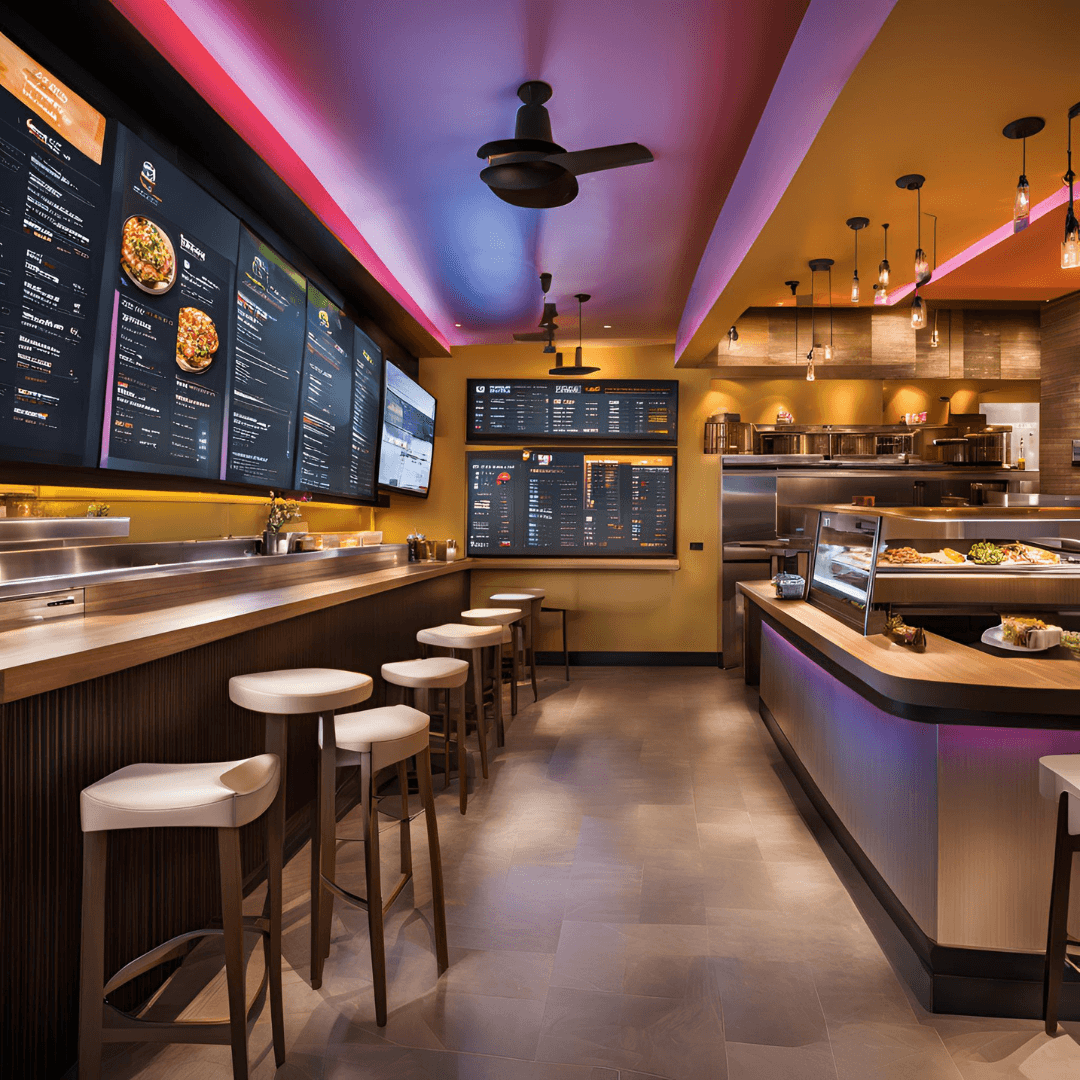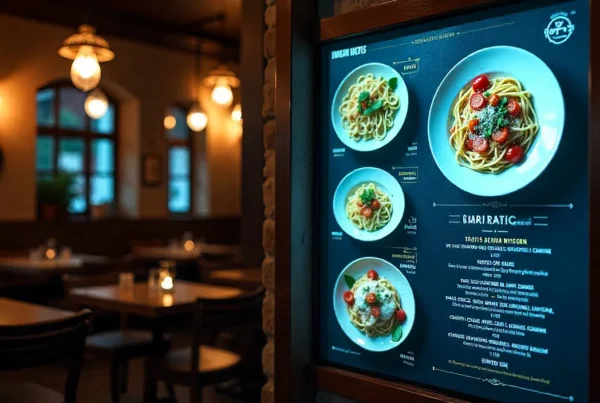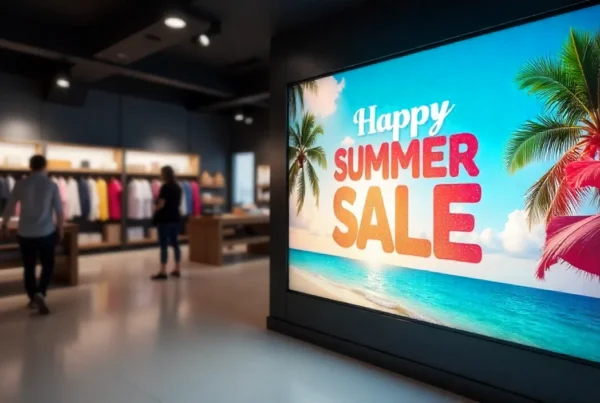In the dynamic world of restaurant business, knowing what is out there is a key to success and competitive advantage. One element that has changed a lot is what is commonly known as a menu sign or menu board. Technology has also begun to change the way people eat and is now apparent with the use of digital menu boards. If you would like to engage your customer and make their experience in the restaurant even better, here are some ideas for the digital menu board design.
1. Dynamic Imagery and Videos:
Step out of the traditional advertising where an image is worth a thousand words, go for moving images that narrate the story behind your foods. Daily, use high quality images and short videos capturing the skills of your chef, how meals are prepared or the beautiful setting of the restaurant. A sizzling steak or a delicious soup boiling in the pot can help the clients and give them a glimpse of what they should expect.
2. Seasonal Specials Highlight:
Make use of your digital menu board to make a point of sale for your seasonal or promotional items. It’s recommended to make a new section on the site that reflects the current special offers, using bright colors and stimulating images to attract attention to these products. This not only is appealing to the palate but also makes customers eager to come back the next time because of the new flavors that they are likely to come across.
3. Interactive Elements:
Make your advertising on the digital menu board more engaging for your customers. Make the kiosks touch screens, so patrons can get more information such as description, nutritional value or even options for the meal. The use of text and graphics makes the viewer feel like they are involved in the content and also enhances the eating experience.
4. Themed Templates:
Another way of making your digital menu board stand out is to use themed templates that will fit the restaurant theme. Whether one is using rustic farmhouse themes for a brunch place or the modern design for contemporary restaurants, using templates that support these themes further creates a better dining environment and is supportive of the restaurant’s image.
5. Live Social Media Feeds:
Always incorporate your social media feeds in your digital menu board where customers post reviews, comments and pictures on the go. It also brings the element of reality to the process and invites patrons to post about it on social media, thus boosting your restaurant’s presence online. When the customers do not know which product to choose, positive social proof can be persuasive.
6. Upcoming Events and Promotions:
Your customers should be updated on the events, promotions or happy hour specials through the digital menu board. It is advisable to update this section frequently to make the patrons eager and look forward to visiting the library to access those promising services. This can also be used as a strategy to improve customer retention or loyalty.
7. Minimalistic Design for Clarity:
Creativity is important but should not be taken too far that the customers are given complicated things to deal with. Just as in the case of physical billboards, a messy menu board confuses the audience and is not effective. Have a simple design with a focus on legibility; the use of typeface, good contrast, and structure of the layout should not distract the user from the content and the experience should be as pleasant as possible.
Therefore, a good digital menu board is not only a tool for showing the food to be served and their prices only. It is an augmentation of the brand image and a way by which the dining experience can be stepped up a notch. Using dynamic visuals, interactivity and careful design, it is possible to design a menu that not only informs, but also has a positive impact on the mood and atmosphere in an eating establishment. To be ahead of the competition embrace creativity and see your digital menu board as an asset in defining the patron’s dining experience.





